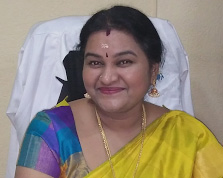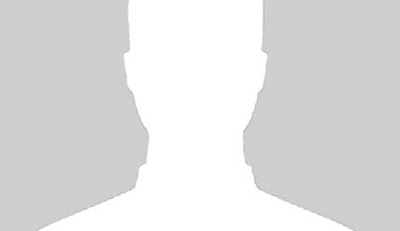Dr Ashwini Mehta
Senior Consultant , Department of Cardiology
DM , MBBS ,MD
Sir Ganga Ram hospital , New Delhi
Heart disease from low Vitamin D levels – An Indian perspective
Since ages, lower levels of Vitamin-D in our blood were known to be associated with bone health only, but due to recent studies and advanced knowledge, lower levels of Vitamin-D have become the very relevant as being important in heart and blood vessel diseases. In addition, the adverse effects of the lower levels of Vitamin-D in our body have been found to cause high blood pressure, heart failure, hospitalizations due to heart disease, acute myocardial infarction or heart attacks, and even death. Vitamin D protects our heart and blood vessels from damage that may otherwise be caused from hardening and inflammation of the blood vessel walls. Optimal Vitamin D levels reduced the risk of death from cardiovascular diseases, or any other cause also. Patients that had high blood pressure had their systolic and diastolic blood pressure reduced by taking 3 month exposure to ultraviolet B sunlight since their circulating Vitamin-D level rose.
In India, more than 70% of the population has Vitamin-D deficiency due to the lack of sun exposure, lifestyle changes in many communities, darker skin color, higher pollution levels, overcrowded residences with very little or no sunlight, and poor consumption of foods containing Vitamin-D. Therefore, it follows that the Indian population is also at a higher risk of getting cardiovascular diseases associated with these lower levels of Vitamin-D in their blood.
Now the main question arises, from where do we get our much needed Vitamin-D?
To get Vitamin-D in its natural form is hard because of the changed food habits and daily busy routine. Today’s generations changed lifestyle and busy regimen has also played a role for causing Vitamin-D levels imbalance. Due to this modernization and our current lifestyle, we need much more reliable sources to get the much needed Vitamin-D, and Vitamin-D rich supplements are one such convenient option. Many Vitamin D supplementation regimens use cholecalciferol, which is known as Vitamin D3. These can be given in daily doses, or weekly or monthly doses.
Due to the lack of food fortification programs in India, Vitamin D supplements manufactured by pharmaceutical preparations are the only means of treating Vitamin-D deficiencies. Vitamin-D supplements are cost effective and easily available at the pharmacist and I encourage my patients to take them for better healthier hearts.
Treatment and Prevention strategy
| Age group | Regimen | Target 25(OH)D | Maintenance therapy |
| For infants and toddlers aged 0–1 year | 2000 IU/d of vitamin D2 or vitamin D3, or with 50,000 IU of vitamin D2 or vitamin D3 once weekly for 6 week | above 30 ng /ml | of 400-1000 IU/d |
| For children aged 1-18year | 2000 IU/d of vitamin D2 or vitamin D3, or with 50,000 IU of vitamin D2 once weekly for 6 week | Above 30ng/ml | Of 600-1000 IU/d |
| For adults | 50,000 IU of vitamin D2 or vitamin D3 once weekly for 8 week or 6000 IU of vitamin D2 or vitamin D3 daily | above 30ng/ml | of 1500-2000 IU/d |
| For obese patients, patients with mal absorption syndromes, patients on medications | two or three times higher dose ; at least 6000-10000 IU/d of vitamin D | above 30ng/ml | Of 3000-6000 IU/d |









